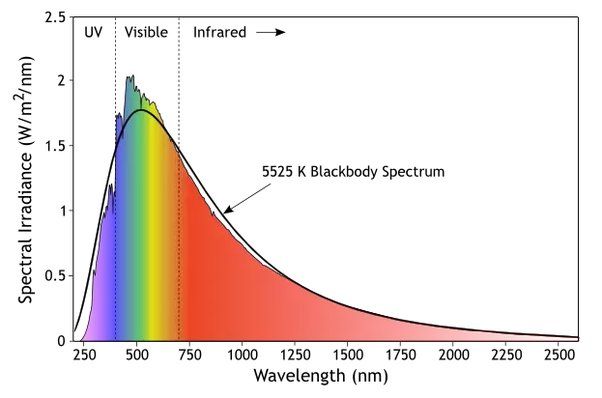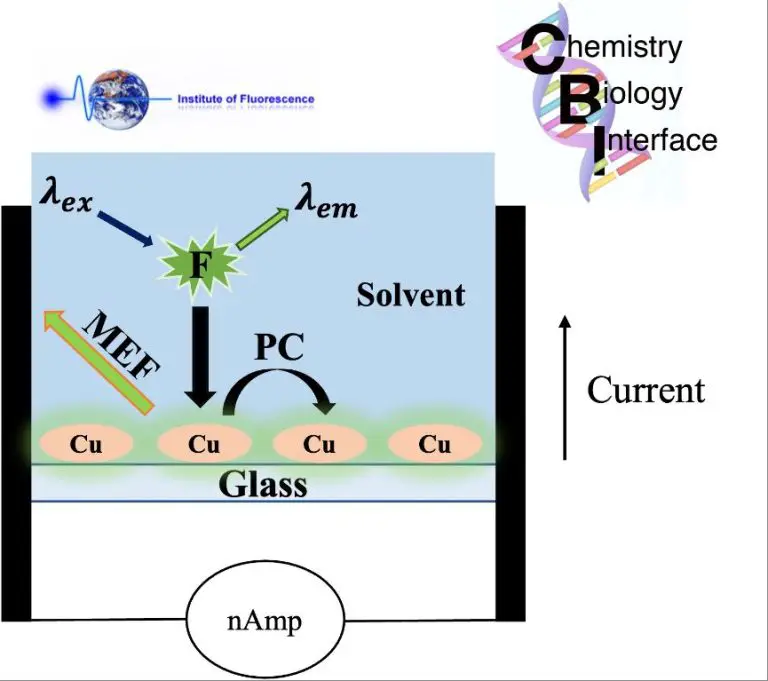Is The Sun A Radiant Heat Source?
Introducing the Sun
The Sun is a star and the primary source of energy for life on Earth. Classified as a yellow dwarf star, the Sun is located at the center of our Solar System and comprises 99.8% of the system’s total mass. With a diameter of about 1.4 million kilometers, the Sun is approximately 109 times wider than Earth. The gravity at the Sun’s surface is 27 times greater than that felt on Earth.
The Sun contains almost 99% of the matter in the Solar System, possessing a mass of around 2×10^30 kilograms (approximately 330,000 times that of Earth). The temperature of the Sun’s core can reach up to 15 million degrees Celsius. Powered by nuclear fusion at its core, the Sun converts about 600 million tons of hydrogen into helium every second. This fusion produces energy that radiates from its surface in the form of electromagnetic radiation.
The Sun’s Energy Output

The sun radiates energy in the form of electromagnetic radiation. This energy output is enormous. The total energy emitted by the sun is around 3.8 x 10^26 watts. To put this in perspective, this is the equivalent of burning 100 billion tons of coal per second. The majority of the sun’s energy output is in the form of visible light and infrared radiation. Only about 1% of the energy emitted is in the ultraviolet part of the spectrum. The sun’s prodigious energy output originates from nuclear fusion reactions occurring at its core.
Electromagnetic Spectrum
The electromagnetic spectrum is the range of all possible electromagnetic radiation. Electromagnetic radiation includes radio waves, microwaves, infrared radiation, visible light, ultraviolet radiation, X-rays, and gamma rays. These types of radiation are grouped together based on their wavelength and frequency.
Infrared radiation has longer wavelengths and lower frequencies than visible light. Infrared radiation is absorbed by molecules and converted into heat. The heat that you feel from sunlight is caused by infrared radiation.
Visible light wavelengths are detectable by the human eye. Visible light from the Sun allows plants to photosynthesize and provides illumination during the daytime.
Ultraviolet radiation has shorter wavelengths and higher frequencies than visible light. Ultraviolet radiation from the Sun can cause sunburns and skin cancer. The ozone layer in the atmosphere blocks most ultraviolet radiation from reaching Earth’s surface.
Infrared Radiation
Infrared radiation refers to the part of the electromagnetic spectrum with wavelengths longer than visible light, but shorter than microwaves. The infrared band covers wavelengths from around 700 nanometers (nm) to 1 millimeter (mm). While our eyes cannot see it, we can feel infrared radiation in the form of heat. The sun is a major natural source of infrared radiation.
All objects with a temperature above absolute zero emit infrared radiation. The hotter an object, the more infrared radiation it emits at shorter wavelengths. The sun has a surface temperature of about 5,800 Kelvin. This high temperature causes the sun to emit huge amounts of infrared radiation, predominantly in the 0.7 to 3μm wavelength range. When infrared radiation from the sun reaches Earth, it is absorbed by land, water, and air, heating up these objects.
Infrared radiation from the sun is a primary means of heat transfer in the universe. When you feel the warmth of the sun on your skin on a sunny day, you are feeling the effects of infrared radiation. Solar infrared radiation helps warm the planet, driving global circulation patterns in the atmosphere and oceans. Greenhouse gases in Earth’s atmosphere, like carbon dioxide and methane, are transparent to visible sunlight but absorb infrared radiation, trapping some of the heat and enabling life as we know it on Earth.
Visible Light
The sun emits visible light that we perceive as brightness and color. Visible light is electromagnetic radiation within a specific wavelength range that is visible to the human eye. The wavelengths of visible light range from about 380 to 700 nanometers.
When sunlight enters our atmosphere, the different wavelengths corresponding to different colors scatter and bend at slightly different angles. This scattering effect causes the blue light to scatter more than the red light, which is why the sky appears blue and sunsets appear reddish.
Our eyes contain special photoreceptor cells called cones that are sensitive to different wavelengths of visible light. We have three types of cones that allow us to perceive color by detecting short (blue), medium (green), and long (red) wavelengths of visible light. The combination of signals from these three cone types allows us to see the full spectrum of colors that make up visible light from the sun.
So in summary, visible light from the sun allows us to see the brightness and color of our surroundings. Our perception of color is possible because of the different wavelengths of visible light emitted by the sun that stimulate the light-sensitive cone cells in our eyes.
Ultraviolet Radiation
The sun emits ultraviolet (UV) rays across a broad spectrum. While the ozone layer blocks most harmful UVB rays, some still reach the Earth’s surface. Exposure to UVB rays can lead to sunburns, skin damage, and increased risk of skin cancer. UVA rays penetrate deeper and can also cause long-term skin damage. Overexposure to UVA and UVB radiation from the sun has been linked to melanoma and other skin cancers.
UV radiation can affect the immune system and cause issues like photokeratitis and photoconjunctivitis. Using sun protection like hats, clothing, and sunscreen blocks most UV rays and lowers the risks of sun damage. Seeking shade when UV levels are high is another precaution. Overall, the sun’s UV output can have detrimental effects, but smart prevention and moderation of sun exposure mitigates the risks.
The Greenhouse Effect
The Earth’s atmosphere plays a crucial role in absorbing infrared radiation from the Sun. Certain gases like carbon dioxide, methane and water vapor are able to trap this infrared radiation as it reflects off the planet’s surface. These greenhouse gases absorb the infrared photons and re-emit them in all directions, with some being directed back to the surface. This absorption and re-emission process causes warming of the lower atmosphere and the surface. Without the greenhouse effect, the average temperature on Earth would be well below freezing.
Infrared radiation has longer wavelengths than visible light, meaning it contains lower energy photons. Greenhouse gases are able to absorb these infrared photons because their molecular bonds vibrate at frequencies that correspond to infrared wavelengths. The absorbed infrared energy causes the bonds to stretch and bend, allowing the molecule to become excited. The excited molecule will soon relax back down to ground state by releasing a photon. Some photons get released back towards the surface, transferring the absorbed infrared energy back down to the lower atmosphere and surface. This trapping and recycling of solar infrared radiation is the crux of the greenhouse effect.
Radiative Heating
The sun’s energy reaches Earth in the form of electromagnetic radiation, which includes visible light, ultraviolet light, and infrared radiation. When this solar radiation strikes the land and water on Earth, it is absorbed and converted into heat. Here’s how this radiative heating process works:
Land areas absorb solar radiation readily and can become quite warm. Bare rock and desert sand heat up the most, while vegetation and soil retain some moisture that keeps temperatures lower. Pavement in urban areas absorbs and retains a great deal of heat from the sun.
The oceans absorb the sun’s radiation more slowly but retain heat longer than land due to their thermal mass. Heat absorbed at the surface is gradually transferred to deeper layers through convection and water currents.
The atmosphere – made up of gases like nitrogen, oxygen, and greenhouse gases like water vapor, carbon dioxide, and ozone – absorbs solar radiation directly. The atmosphere is warmed both by direct absorption and also by transfer of heat from the land and oceans below. This warms the air near the surface and drives convection, which transfers heat higher up in the atmosphere.
Radiative heating from the sun is the primary way that energy enters Earth’s climate system. The absorption of solar radiation at the surface and in the atmosphere creates rising temperatures that drive weather patterns and climate processes.
Conclusion
To summarize, the sun provides the vast majority of the energy that drives Earth’s weather, ocean currents, and climate. About half of the sun’s energy output is in the form of infrared radiation, which we perceive as heat energy. While visible light allows us to see, infrared radiation is invisible and does not activate the photo receptors in our eyes, only the heat receptors in our skin. When sunlight strikes objects on Earth, they absorb the infrared radiation and heat up as a result. Greenhouse gases like carbon dioxide and methane help trap some of this infrared radiation in the atmosphere through the greenhouse effect. This greenhouse effect helps regulate Earth’s average surface temperature at a comfortable 15°C. Without the constant flow of infrared radiation from the sun, the Earth would be a frozen planet. So in conclusion, the sun is indeed a radiant heat source that provides the warmth needed to sustain life on Earth.
References
List of sources and citations for data/quotes used in the article:
- NASA report on the electromagnetic spectrum emitted by the Sun
- Encyclopedia Britannica article on infrared radiation
- Journal article in Nature on the visible light spectrum
- University study on ultraviolet rays and atmospheric effects
- Intergovernmental Panel on Climate Change report on the greenhouse effect
- Textbook on principles of radiative heat transfer






